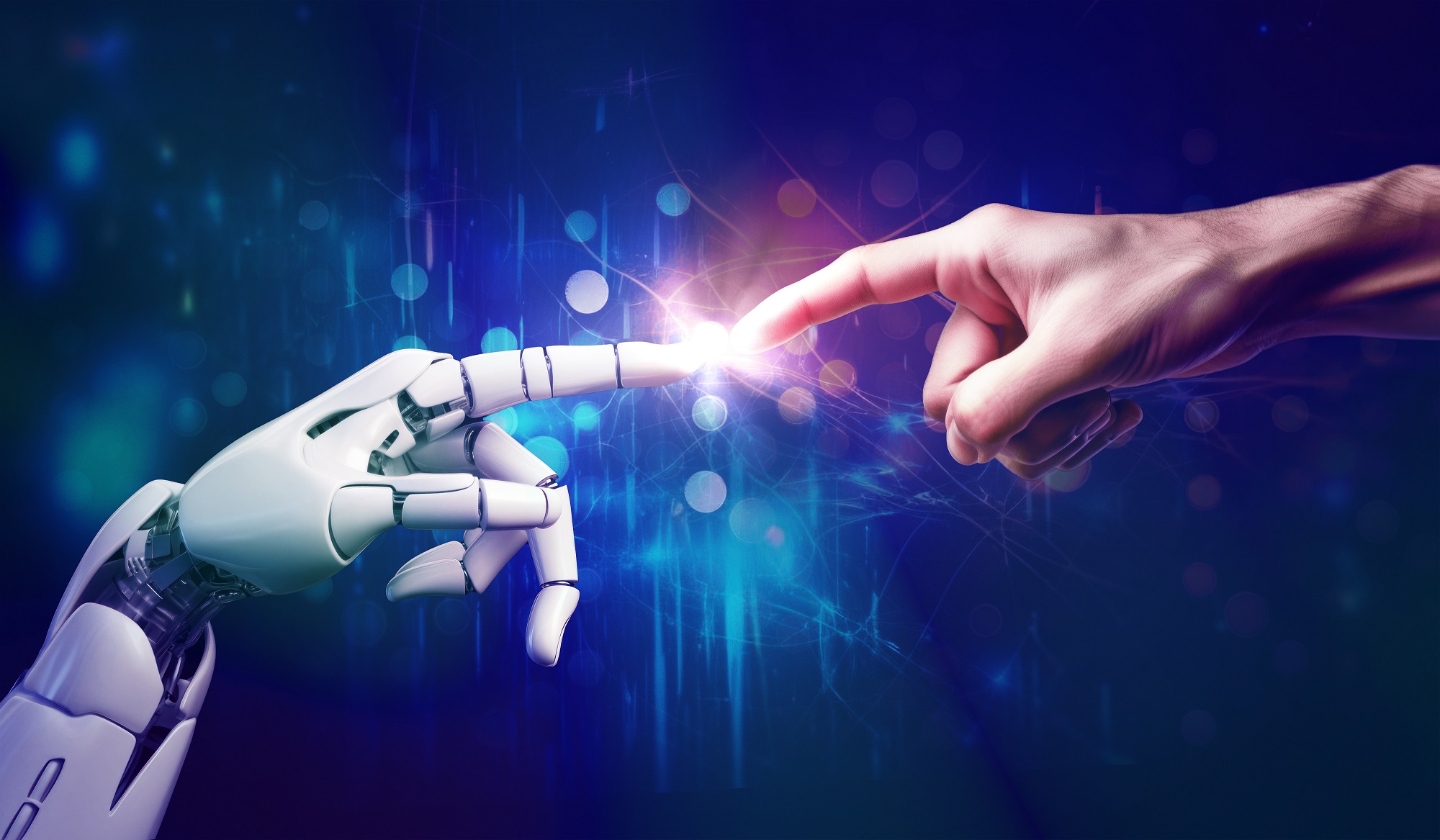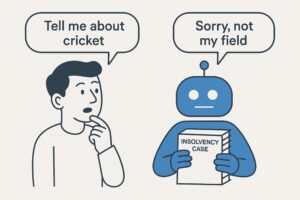In the captivating tale of technology, few stories rival the evolution of artificial intelligence (AI). From its humble beginnings to the groundbreaking developments of today, AI has captivated our imagination, transforming industries and reshaping our world. In this article, let’s embark on a journey through the history of AI, from its earliest days to the emergence of generative AI and the quest for Artificial General Intelligence (AGI).
1. The Birth of AI: A Dream Takes Flight
The story of AI begins with pioneers like Alan Turing, whose visionary ideas laid the groundwork for machine intelligence. In the 1950s and 1960s, early AI research blossomed, fuelled by a spirit of curiosity and a thirst for knowledge. From rule-based systems to symbolic reasoning, AI enthusiasts explored the possibilities of creating machines that could think, reason, and learn like humans.
2. The Rise of Machine Learning: Learning from Experience
Fast forward to the late 20th century, and the dawn of machine learning ushered in a new era of AI. By harnessing the power of data and algorithms, machine learning enabled computers to learn from experience, adapt to new challenges, and excel at tasks ranging from image recognition to natural language processing. It was a revolution fuelled by the boundless potential of data and the human quest for understanding.
3. Generative AI: Where Creativity Knows No Bounds
Enter generative AI, a marvel of modern innovation that pushes the boundaries of what’s possible. Unlike traditional AI systems, which follow predefined rules, generative AI (like our very own VAi) has the remarkable ability to create original content based on patterns and data analysis. From generating art and music to crafting stories and designs, generative AI unleashes a wave of creativity and imagination, inspiring awe and wonder at every turn.
Generative AI also excels at handling repetitive tasks with ease, freeing up time and resources for more meaningful pursuits. This newfound efficiency opens doors to new opportunities in industries ranging from manufacturing and logistics to customer service and healthcare, where innovation and automation drive progress and prosperity.
4. Challenges and Opportunities: Navigating the AI Landscape Together
While the journey of AI is filled with excitement and possibility, it’s not without its challenges. Ethical dilemmas, privacy concerns, and the specter of bias and discrimination loom large on the horizon, reminding us of the importance of responsible innovation and thoughtful stewardship. Yet, amidst the challenges lie boundless opportunities for greater efficiency, growth, collaboration, and positive change.
Companies like Amazon have harnessed the power of AI to revolutionise industries and delight customers with unprecedented levels of convenience and personalisation. The desire to have what we want, when we want it, has fuelled the rapid adoption of AI-powered technologies, driving innovation and shaping consumer expectations in the digital age.
5. Looking Ahead: Dreaming Big with AGI and Beyond
As we gaze toward the future, the quest for AGI beckons us to dream big and reach for the stars. Achieving AGI would mark a monumental leap forward in human achievement, unlocking the potential for machines to think, reason, and create on a level that rivals our own. While the road ahead may be filled with twists and turns, the journey promises to be one of discovery, innovation, and limitless possibility.
In conclusion, the journey of AI is a testament to the power of human imagination and ingenuity. As we – both here at VAi Solutions and others in the field – push the boundaries of what’s possible, you have a decision to make – do you want to share this adventure wish us, embracing its advantages and addressing its challenges, or not?
You may find this table, setting out the 3 stages of ai, of interest…
| Approach | Description | Advantages | Challenges |
| Rule-Based | Follows predefined rules and logic to make decisions | Simple implementation, easy to understand. | Limited flexibility and adaptability. |
| Machine Learning | Learns from data and experience to improve performance over time. | Can handle complex tasks, adapts to new data. | Requires large amounts of training data. |
| Generative AI | Creates original content based on patterns and data analysis, fostering creativity and innovation. | Unleashes creativity, handles repetitive tasks efficiently. | Ethical and bias considerations, complexity of training. |
In this table, we can see a comparison of the different approaches to AI, highlighting their unique characteristics, advantages, and challenges. Each approach has played a crucial role in the evolution of AI, paving the way for new possibilities and advancements. As we continue to explore the frontiers of AI, it’s important to consider the strengths and limitations of each approach, guiding us toward a future where AI enriches our lives and empowers us to achieve our fullest potential.






